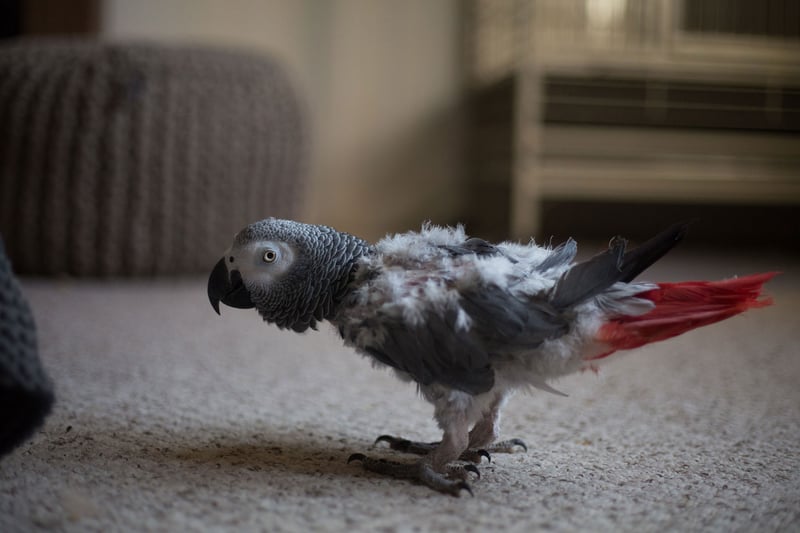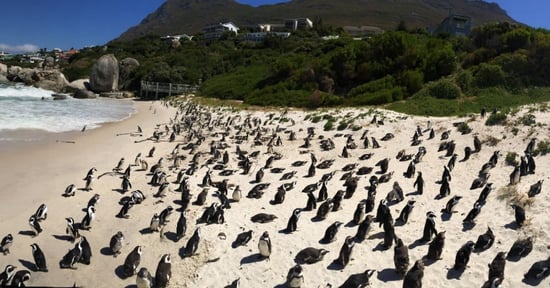
African grey parrots, 3 revealing questions people often ask
Blog
African greys, a real life Halloween horror story.
African grey parrots are beautiful wild birds. Unfortunately for them, they are also among the most popular pet birds in Europe, the USA and the Middle East.
Here they are seen as an attractive pet due to their long life, ability to mimic human speech and overall intelligence.
Q1. How long do African grey parrots live?
Pet parrots live an average of 60 years, with some birds reaching 80 years old!
That is, the ones who survived capture in the wild. When caught they have a mortality rate of 66% before they even reach planes to ship them around the world.
Their capture in the wild is a traumatic process, using ground nets or glued tree branches.
Once caught, their flight feathers are chopped off and they are crammed into small crates with up to 60 other bleeding and terrified parrots for transport to collection centres.
Q2. Where do African grey parrots come from?
A wild parrot wakes high up in a tree in the lush forests of equatorial Africa, where they will fly distances of up to 6 to10 miles every day.
Contrast this with their life as a pet; where these highly intelligent and sociable birds are forced to live a solitary caged life.
Perhaps COVID-19 lockdowns gave you a taste of social isolation and its' negative mental and emotional impact?
Q3. How to know if your African grey is happy?
A good question many pet owners ask, unfortunately, it isn't happy in captivity.
In the wild, lifelong mates regularly groomed each other in displays of affection. In the wild, it lived in vibrant, stimulant-rich rain forests. In the wild, it socialised freely in flocks of other African greys. Then it was happy.
Many captive birds become so distressed and bored in their cage they rip out their own feathers, or exhibit other disturbing African grey behaviour.
So if you're asking yourself why is my parrot biting me all of a sudden? Perhaps you now understand their pain and frustration.
Illegal wildlife trade
Up to 21% of the wild population of African grey parrots is poached every year to supply the global illegal wildlife trade.
And in some areas, the decline in wild populations is down nearly 80% in the last 50 years.
Wild animals are sentient beings, and those caught in the wildlife trade experience pain and suffering from cruel capture methods and poor welfare standards during transit and in captivity.
For a deeper insight read our recent Cargo of Cruelty report.
How can you help?
Never buy an exotic pet and so help us to eliminate the demand for these wild animals on the pet market.
Wild animals deserve a wild life.
Image credits: Blog page: Lwiro Sanctuary; Main page: World Animal Protection / Jeremy Sutton-Hibbert
Join the community
Join thousands of animal lovers fighting to protect wildlife and give farmed animals good lives. Sign up now for emails with ways you can help.
